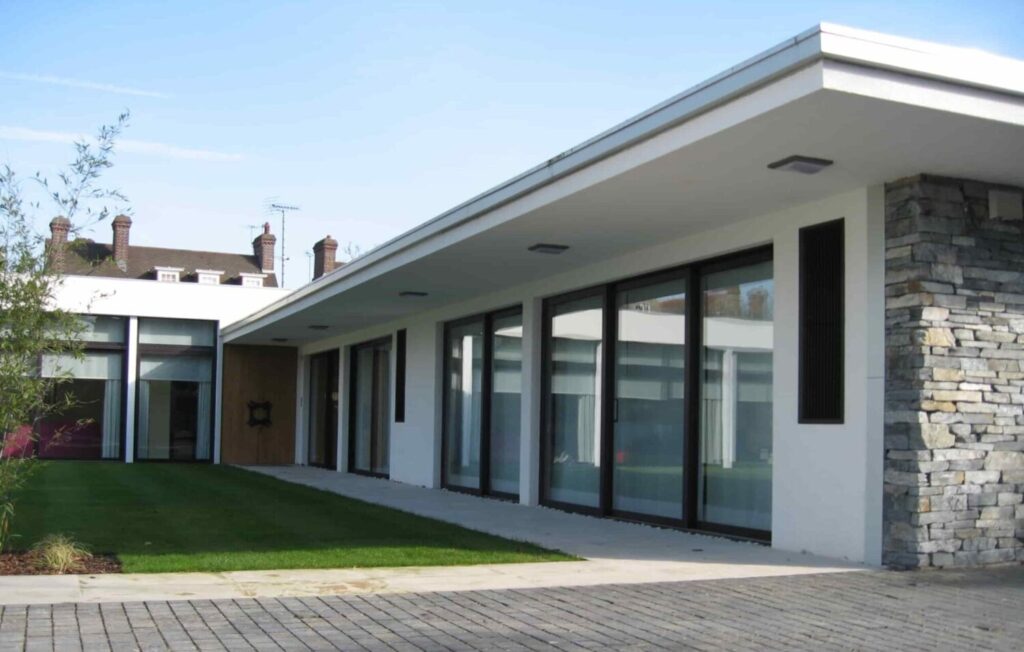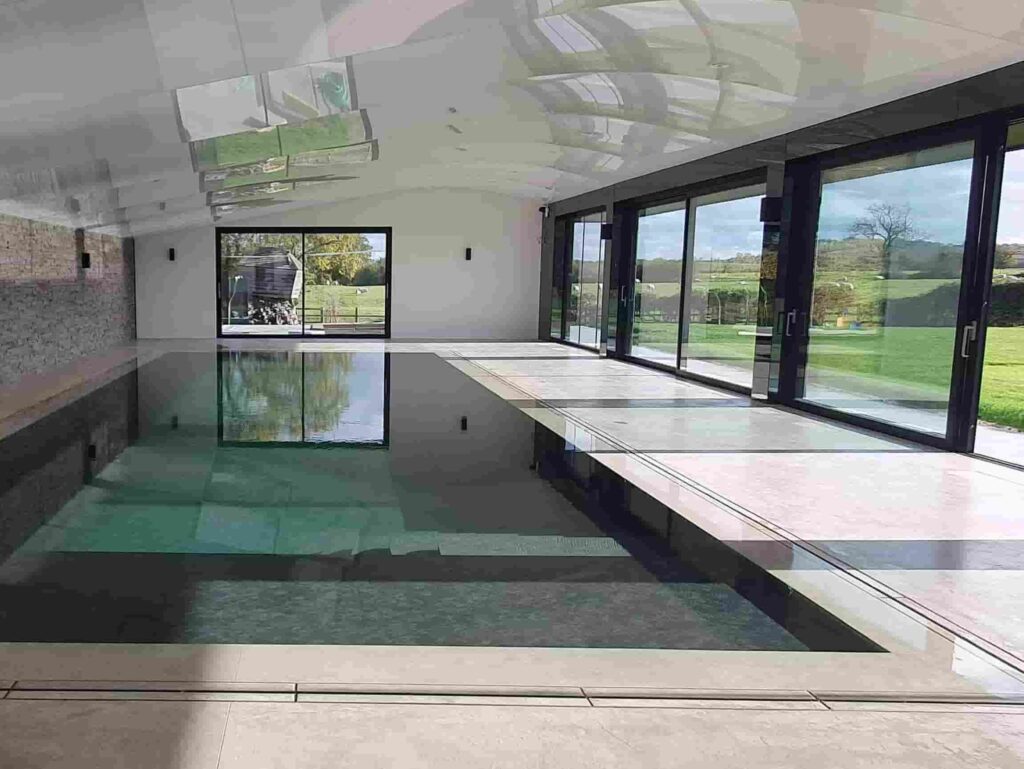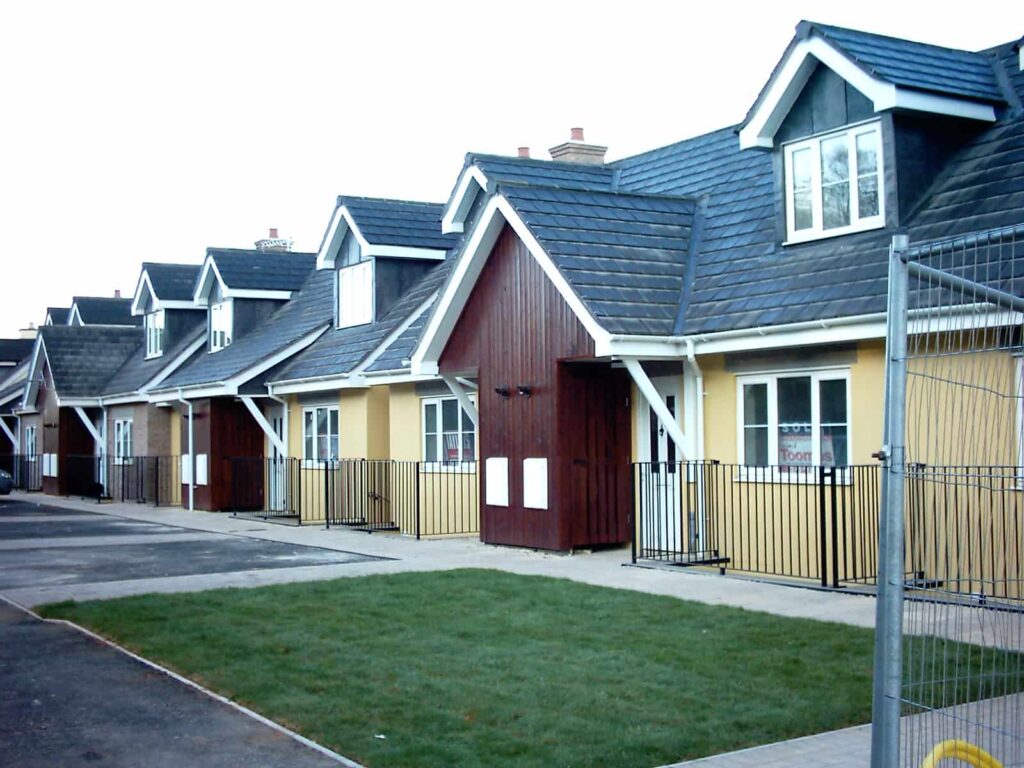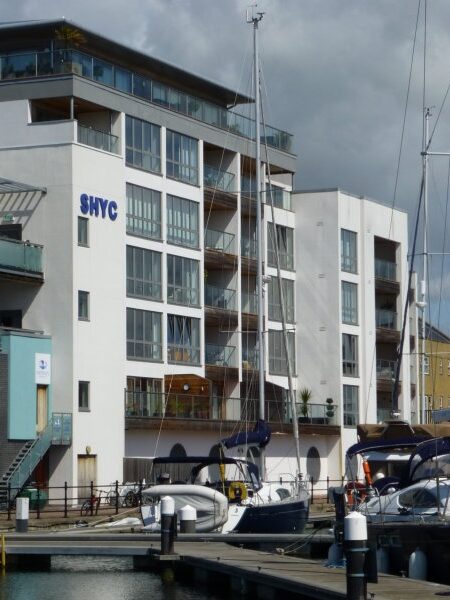Sustainability
ICF: Sustainable Construction Industry
When planning an eco-friendly home, understanding the true sustainability of construction materials on a whole-life basis is crucial. While some might initially question Insulating Concrete Forms (ICF) due to its concrete and steel components, but the far superior whole life performance of ICF provides significant environmental advantages. In fact, as advanced tools like the new Home Energy Model (HEM) come to the fore, ICF’s superiority in creating truly eco-friendly homes is set to become undeniably clear. Any lingering doubts about ICF’s role in a more sustainable construction industry will likely evaporate as traditional methods, such as Timber Frame and Cavity Wall construction, struggle to meet the stringent Dwelling Primary Energy Rate (DPER) requirements set by the HEM.
Cavity Wall Construction Issues
Cavity walls invariably incorporate a high Thermal Mass wall of either brick or dense rendered concrete blocks on the outside of the cavity to provide weather protection. However, the insulation is always placed in the cavity and the inner leaf is always of aerated concrete blocks or lightweight aggregate blocks that are essential for the thermal performance (adding to U-value), speed of construction, and easy services installation. As a result the internal thermal mass is relatively low, as the main dense mass is external to the thermal envelope.
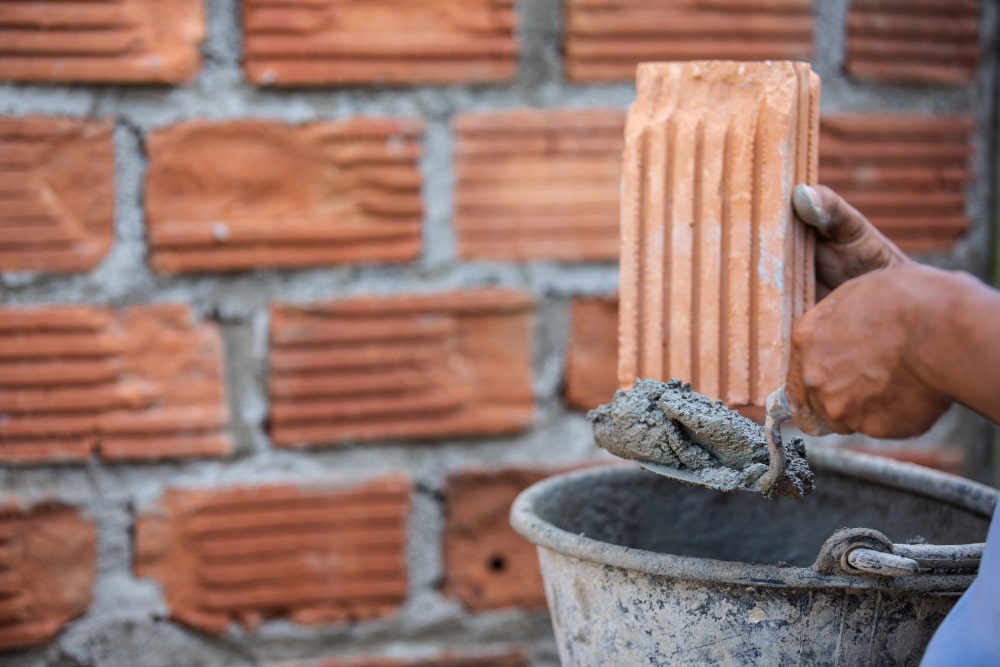
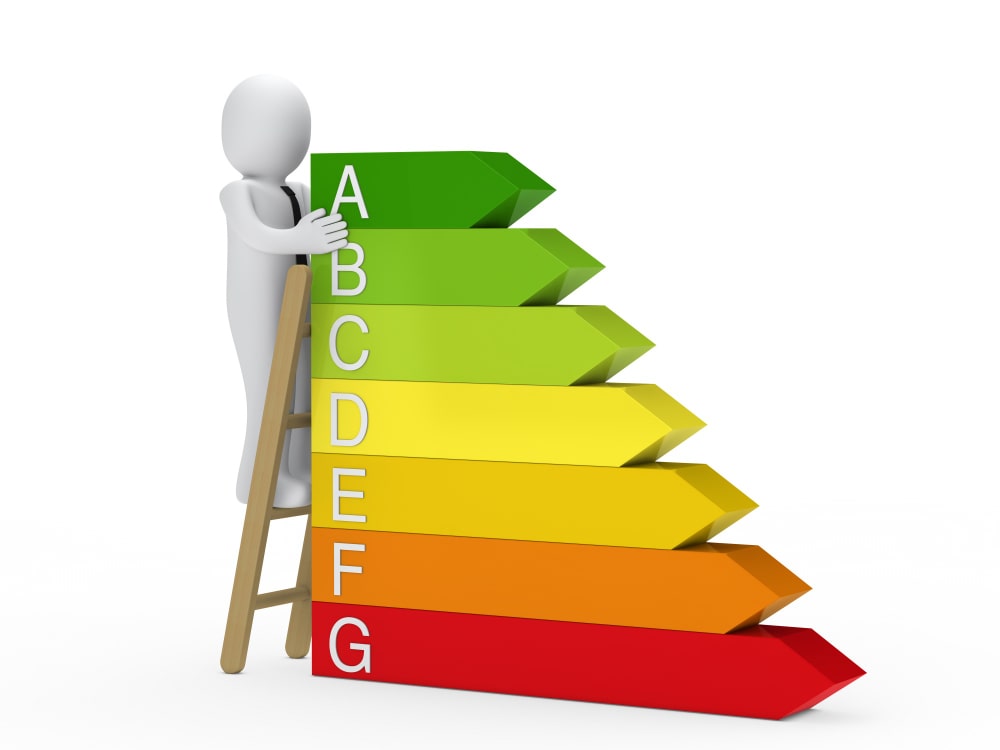
In Summary
Cavity wall construction, while thermally efficient in terms of U-value (with cavity insulation), is less inherently suited to optimize the dynamic performance benefits of heat pumps compared to constructions with significant internal thermal mass such as heavyweight blockwork inner leaves that will require a substantial thickness of External Wall Insulation to achieve the required U values in an eco friendly house plan.
As a result Architects will have to focus on:
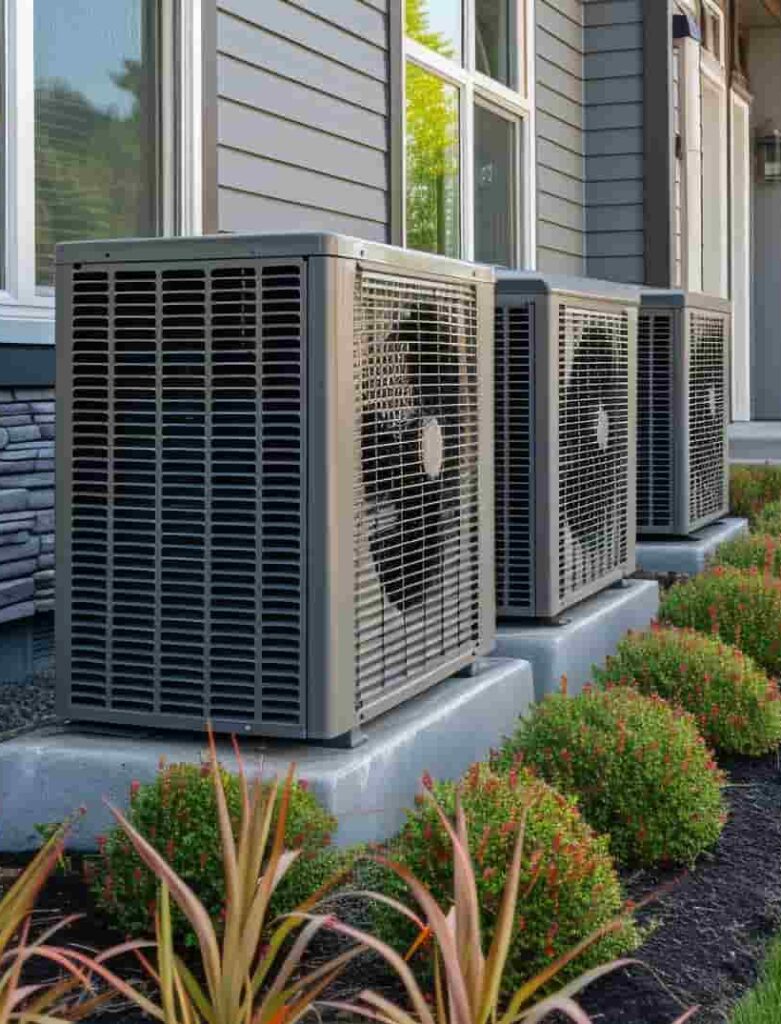
Timber Frame Concerns
There is far less thermal mass in timber frame construction than in cavity walls and so exactly the same issues will arise because the Home Energy Model (HEM) and its advanced, half-hourly accounting will make it far more difficult to demonstrate compliance because their inherent low thermal mass means they respond differently to the dynamic thermal environment, and HEM will be much better at capturing these dynamics. This is going to shock a lot of people because a material made of foam, steel and concrete will provide a far more sustainable construction industry than timber!
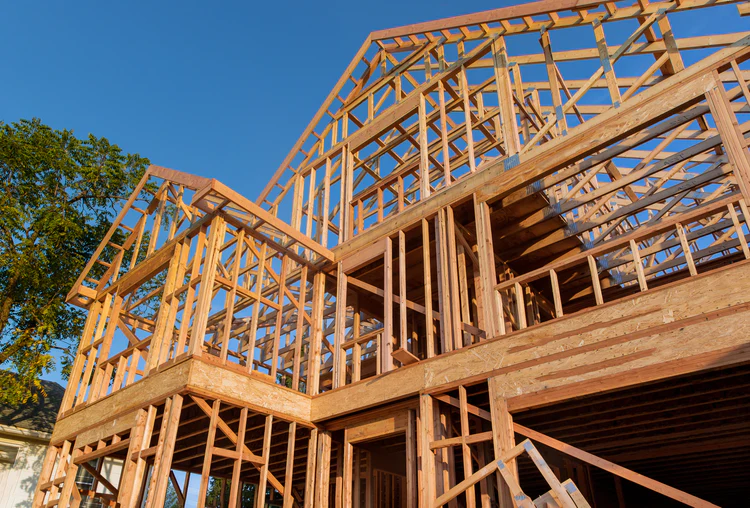

Implications of HEM on Timber Frame
In Summary
HEM will expose the inherent thermal characteristics of Timber Frame far more accurately with the result that:
HEM will essentially level the playing field in terms of thermal performance modelling, and low-mass construction will need to actively demonstrate how they manage the dynamic energy flows that high-mass constructions facilitates without a problem.
If timber frame is going to compete as a more sustainable construction industry the lack of thermal mass will need to be resolved in order to provide eco friendly house plans.
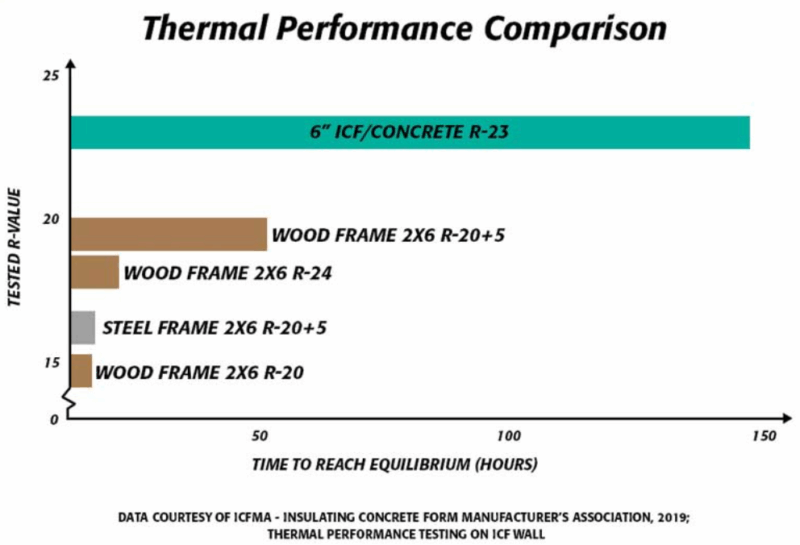
Positive Sustainability of ICF
ICF construction inherently addresses the very challenges that low-mass timber frame and externally-insulated cavity walls face with dynamic thermal modeling and heat pump synergy and is inevitably going to be part of a sustainable construction industry in the UK, providing eco friendly home design.
Furthermore, the new UK Home Energy Model (HEM), set to launch in 2025 alongside the Future Homes Standard, will significantly change how new homes are assessed for energy performance. Insulated Concrete Formwork (ICF) construction is exceptionally well-positioned to thrive under this new model for several key reasons.
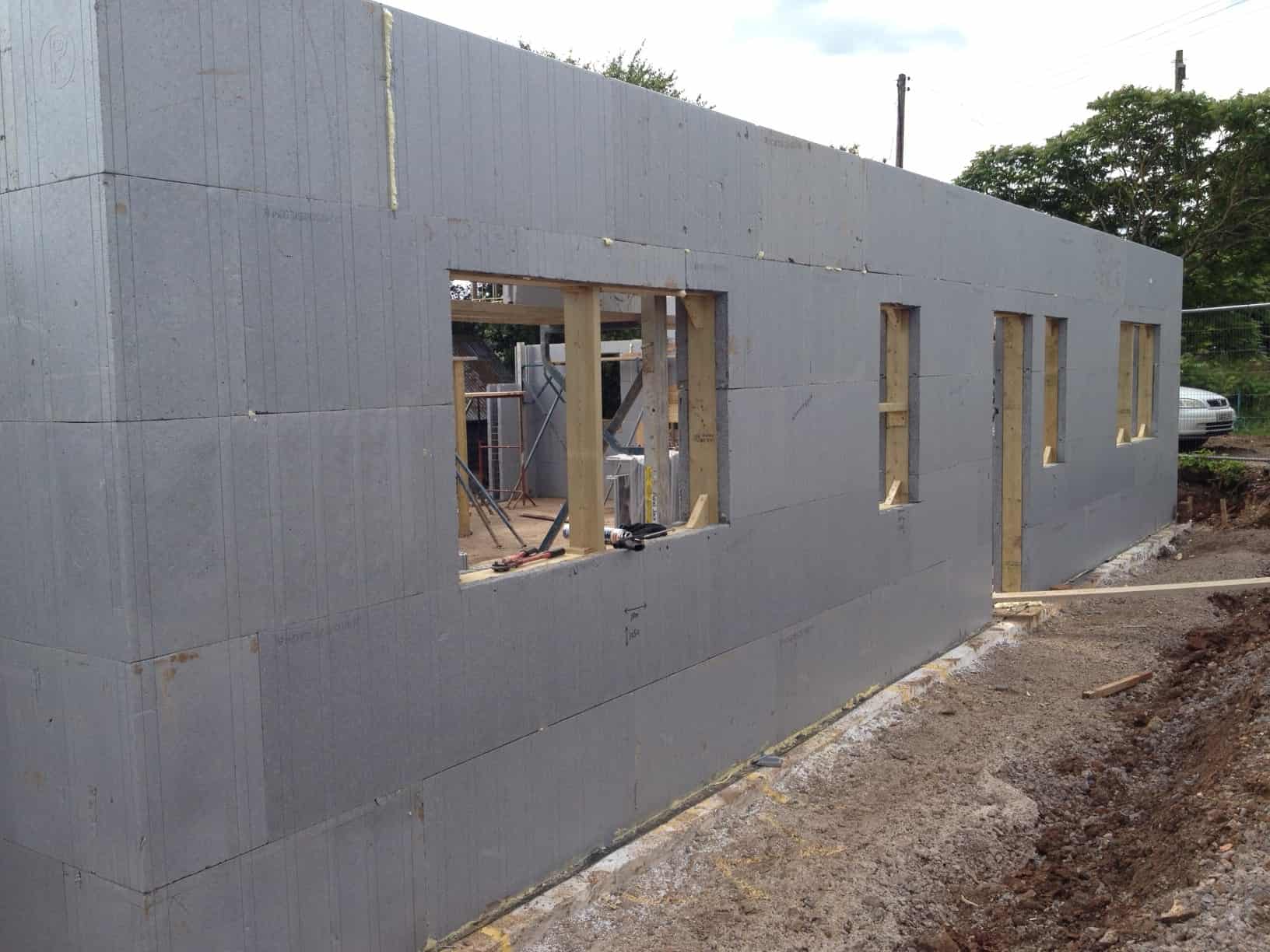
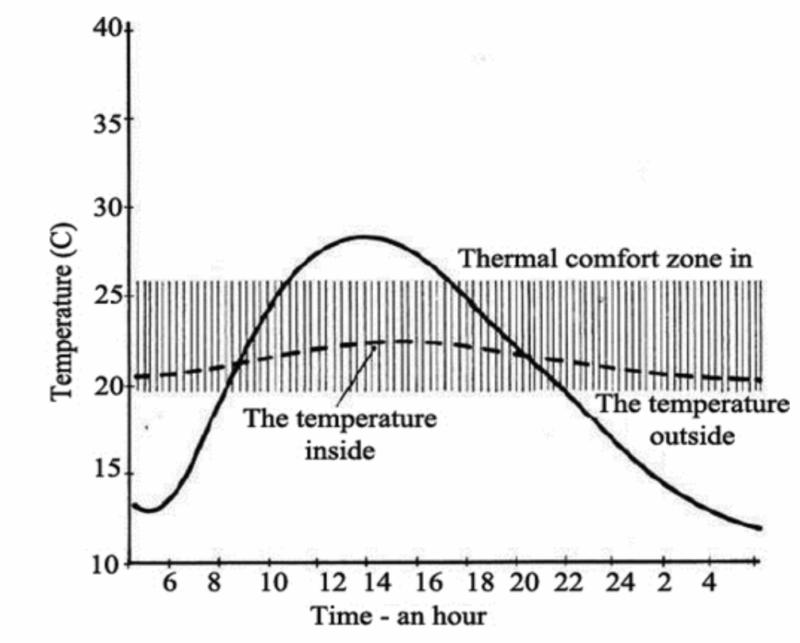
In Summary
In essence, ICF construction directly provides the “fabric first” benefits that HEM is designed to accurately measure and that heat pumps thrive on:
Therefore, as the Home Energy Model becomes the standard for compliance, ICF dwellings are very well-positioned to demonstrate superior energy performance, achieve excellent DER, DFEE, and DPER ratings, and provide an optimal environment for highly efficient heat pump operation.
Timber frame or conventionally constructed cavity wall buildings are going to find it very difficult to demonstrate that they are part of a sustainable construction industry.
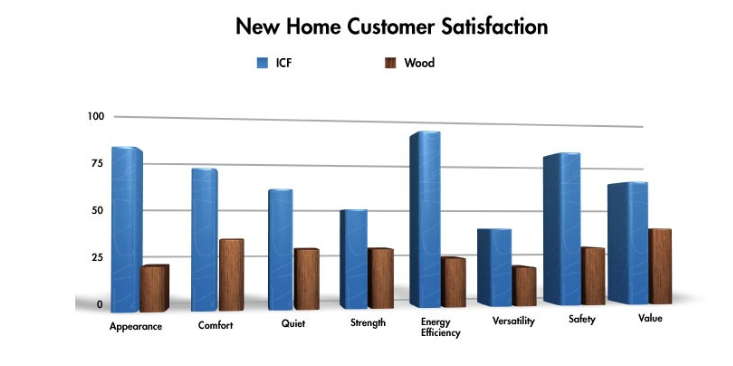
Let’s get your Home Design Plans approved and ICF ready!
Review our different design services in more detail and see how we can help get your project off the ground and built to the highest standard.
